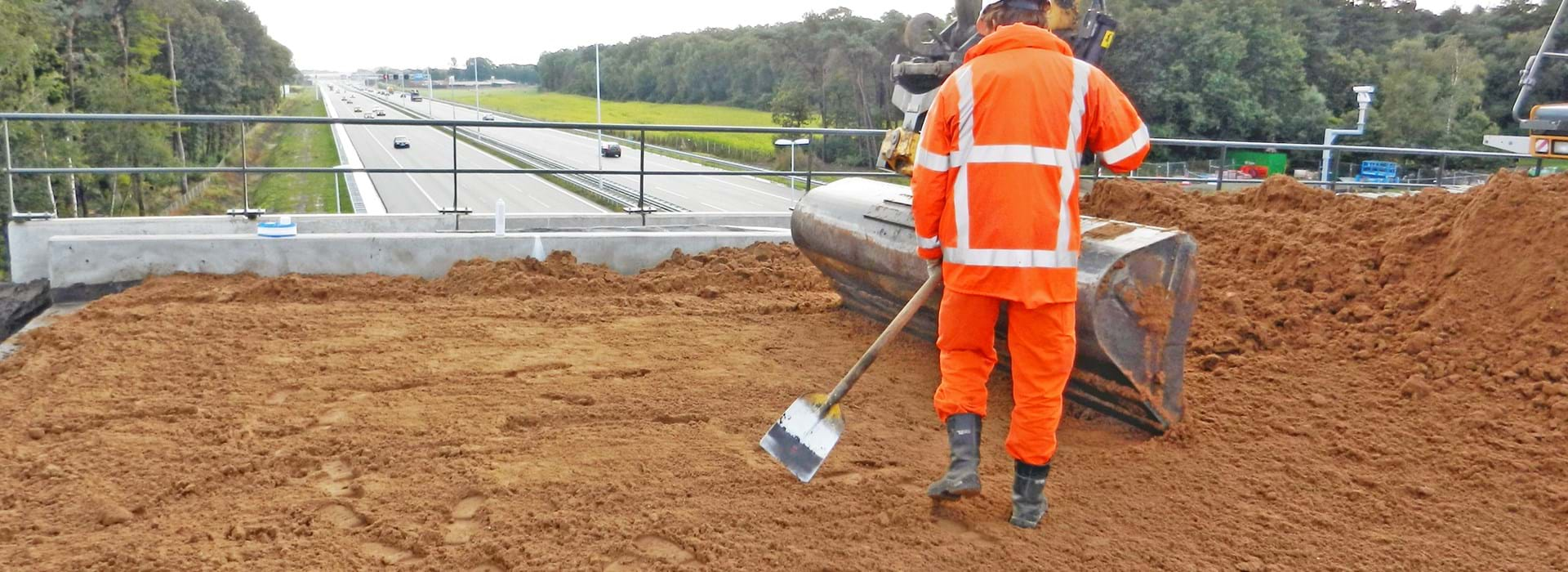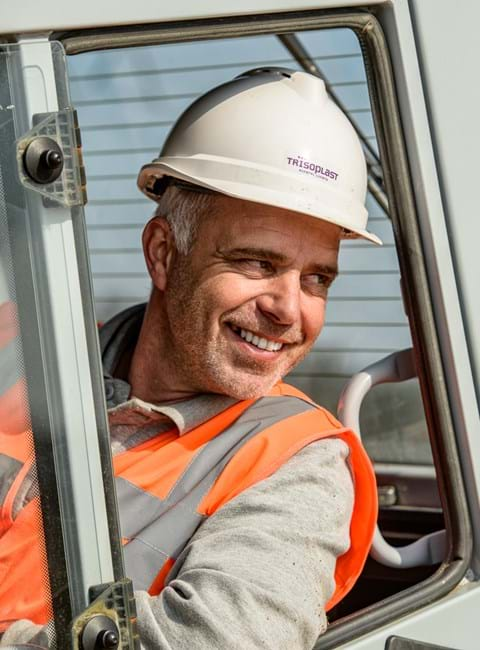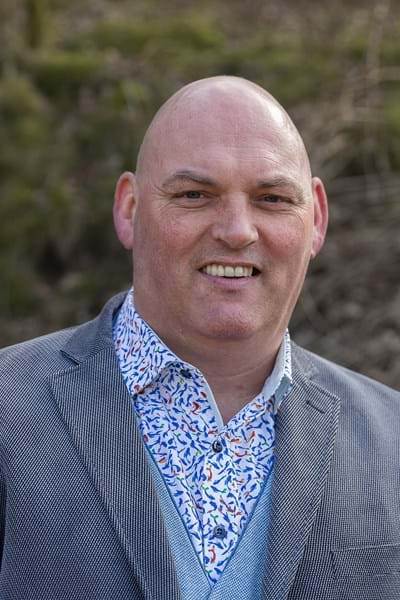
The project
Trisoplast is used in the industry, for landfills and many other applications besides and is helping the environment in the broadest sense of the word. An example of how our product can help to improve an ecological system is the wildlife crossing that bridges the A2 motorway and a railway line between Eindhoven and Weert.
Wildlife crossing
The nature reserves of Weerterbos, Weerterbergen and Budelerbergen jointly form a special natural area that straddles the border of Limburg and North Brabant. The area is some 900 hectares large and is an important bird nesting ground consisting of coniferous forests, heathlands and drifting sand dunes. The only obstacles in this beautiful forested region are a railway, the A2 motorway and two municipal roads that pass through it. To relieve the pressure on the animal life and nature in the area as much as possible, it was decided to construct a wildlife crossing over this infrastructure. The two provinces hope that large and small mammals and amphibians will all use the wildlife crossing to move around the area and so increase their chances of reproducing. Trisoplast was used to line the bridge, which actually consists of two parts: one bridge over the A2 and another over the railway line between Eindhoven and Weert. The bridge – called Weerterbergen – is named after one of the nature reserves and is part of a long-term ‘nature defragmentation’ programme. A number of additional wildlife crossings will be built to join the nature reserves together, so that the animal life can move from one area to the other unimpeded. Trisoplast is proud to play a role in this project. Ponds have been created on either side of the bridge to help ease the animals’ crossing, naturally and sustainably sealed with Trisoplast of course!
Collaboration
Trisoplast consists of more than 99% natural raw materials and forms a bridge between nature and technology. The natural look of the material perfectly fitted the ecological goals of this project, which had originally envisioned a bitumen roof cladding on the bridge deck. We collaborated closely with the client to achieve the right design. Trisoplast was seamlessly laid over the concrete surface to make it impossible for any water to pass between the two layers. Trisoplast mini-dikes proved a simple and elegant solution to prevent water draining too quickly from the layer of soil on the bridge. The dilation joint between the bridge deck and the land abutment shrinks and expands due to temperature differences. By simply making the Trisoplast layer extra thick at these points we saved the need for other expensive bridging techniques.
Project in focus

GET IN TOUCH!
Want to find out what Trisoplast can do for your project, company or sector? Then get in touch with us. We’ll be happy to help.
Send us an e-mail, call us, or use the form on this web page.
E-mail:info@tritechsolutions.nl
Telephone no.: +31 (0)418 - 636 030




